Nani? So that's how these coffee names come from!
Espresso as a daily immortal water for workers, it is believed that its taste and practice have long been deeply rooted in the hearts of the people. But I wonder if my friends have ever thought about the origin of the name of this cup of coffee when they reported the name of the coffee, or what has happened to enable it to get the name?

So today's Qianjie would like to share how these more famous espressos were named. At the beginning of the 20th century, the first generation of espresso machines were invented under the impetus of the industrial revolution in Europe, and people experienced for the first time that coffee could be made so quickly. Although the precision of the coffee machine at that time could not compare with that of today's coffee machine, whether in terms of extraction speed or pressure, compared with other coffee that took a long time to soak, it was definitely the cheetah of the coffee industry.
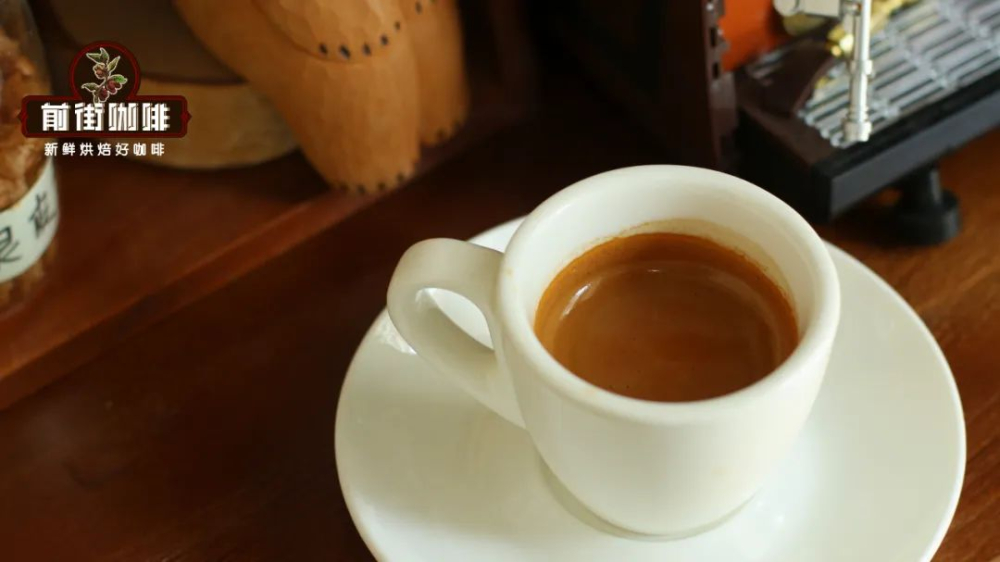
As a result, the coffee, which was made quickly, was named "Espresso" (which means fast in Italian). American Coffee (Americano) during World War II, American soldiers went to Italian cafes to drink coffee, but they were used to drinking drip-filtered (or soaked) coffee with a lighter coffee concentration, and could not adapt to the rich and bitter Italian concentrate in the cafe.
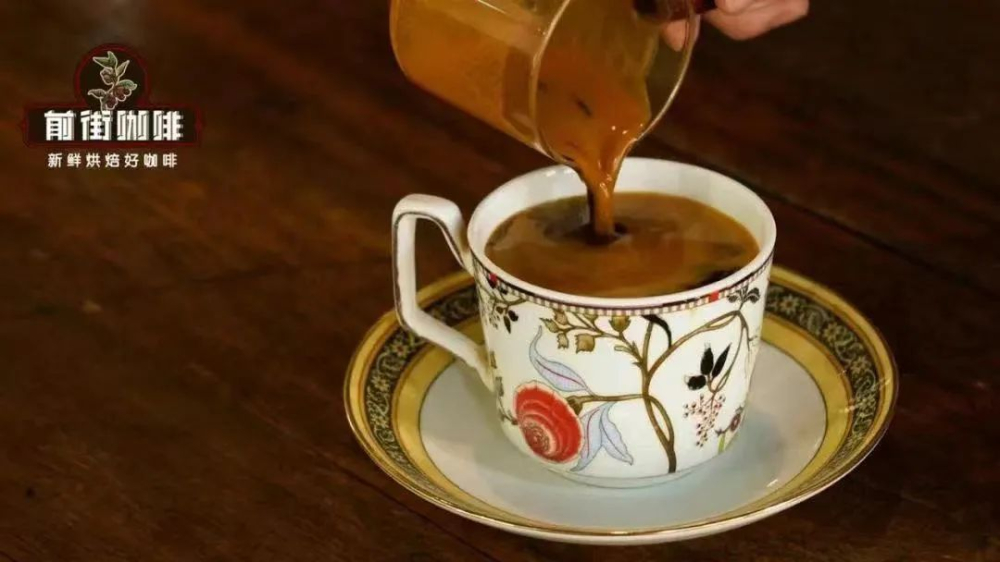
So they asked the barista to pour the concentrate into the water and dilute it. This diluted espresso has become a favorite of American soldiers, and Italian cafes have named it "Americano" American Coffee diluted with water. Latte (Latte) latte I believe that you can no longer be familiar with, the original Italian word for "Latte" is not latte coffee, but milk. However, the Italian cafe opened in the United States, in order to cater to the taste of Americans, appeared to use espresso mixed with milk to drink, and this cup of coffee milk accounts for a large proportion, so people in Italy call it Coffee latte. But people outside Italy call it Latte for convenience.

If in the old days you went to an Italian cafe to order and only ordered Latte instead of Coffee latte, there was a good chance they would have given you a glass of pure milk, because to them, the word "Latte" always meant milk, not coffee. The name Cappuccino comes from the literal translation of Italian "Cappuccino". In Italian, it means headscarf, and the "Capuccin" is the Catholic Church of St. Francis. At that time, the church came to Italy to preach, and the locals gave the name "Cappuccino" to the dark brown robes and pointed hats worn by church staff. Cappuccino got its name because when people added coffee with steamed milk, they found that the color was similar to the robe of St. Francis, and the milk on the coffee looked like a pointed hat on the robe. In this way, the cup of coffee was called "Cappuccino" with the same name.
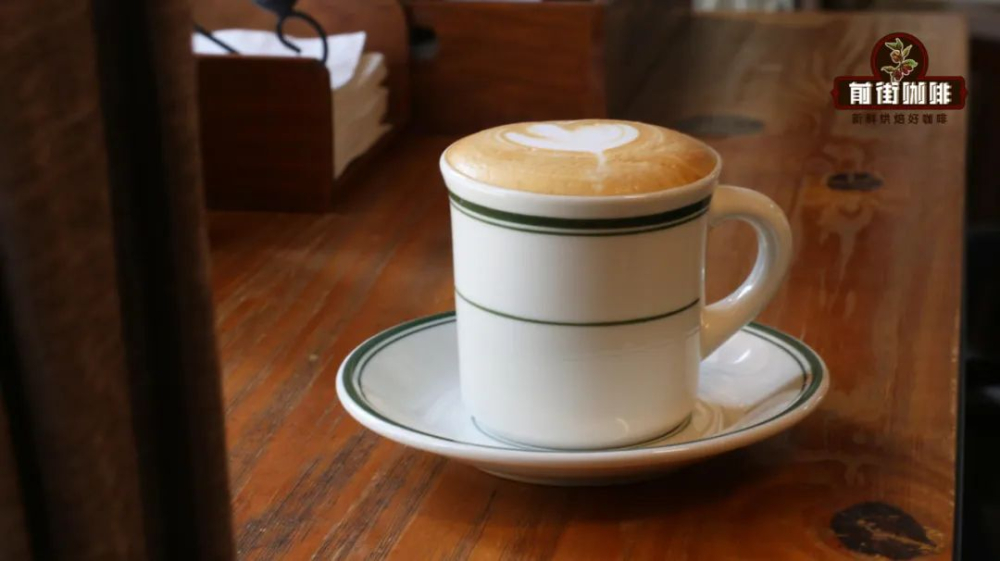
Speaking of cold knowledge, cappuccino was born before the latte appeared. (Mocha Cafe) the guest who pays special attention to this article is "Mocha". Its name has three meanings. At first, Mocha refers to the port city in Yemen, which is a place name. For hundreds of years since the beginning of the fifteenth century, coffee beans from all neighboring countries have to be exported through the port of Mocha, so the port of Mocha has become the button of the coffee world. In order to prove that coffee beans are exported from the port of Mocha, the sacks transporting coffee beans are specially printed with the word "Mocha". So Europeans began to turn the coffee shipped out of the port of Mocha into "mocha coffee". This is the second meaning of mocha, and the place name has become synonymous with coffee. On the other hand, these coffee beans exported by mocha are small in size, moderately sour after deep baking, have a marked return to sweetness, and have a very strong chocolate flavor.

Until the 18th century, as the world began to have the ability to grow their own coffee, the port of Mocha lost its monopoly on coffee, and under the Ottoman Empire for a long time, mocha beans became scarce! In order to drink the delicious taste in memory again, people use chocolate sauce to "season" the espresso, turning the traditional espresso into a coffee with "mocha flavor". Mocha is now widely spread as a special espresso.

Macchiato and caramel Caramel Macchiato the original macchiato meant "imprint" because the coffee beans were of poor quality at that time and the concentrate extracted was very bitter. People can't drink the bitterness of the concentrate, so they ask the barista to add a little milk to the concentrate to balance the bitterness. After the intervention of some milk, the color does not change much, and it is not much different from a pile of condensed milk. So in order to avoid confusion, the barista added a spoonful of milk foam to the surface of the coffee as a mark.
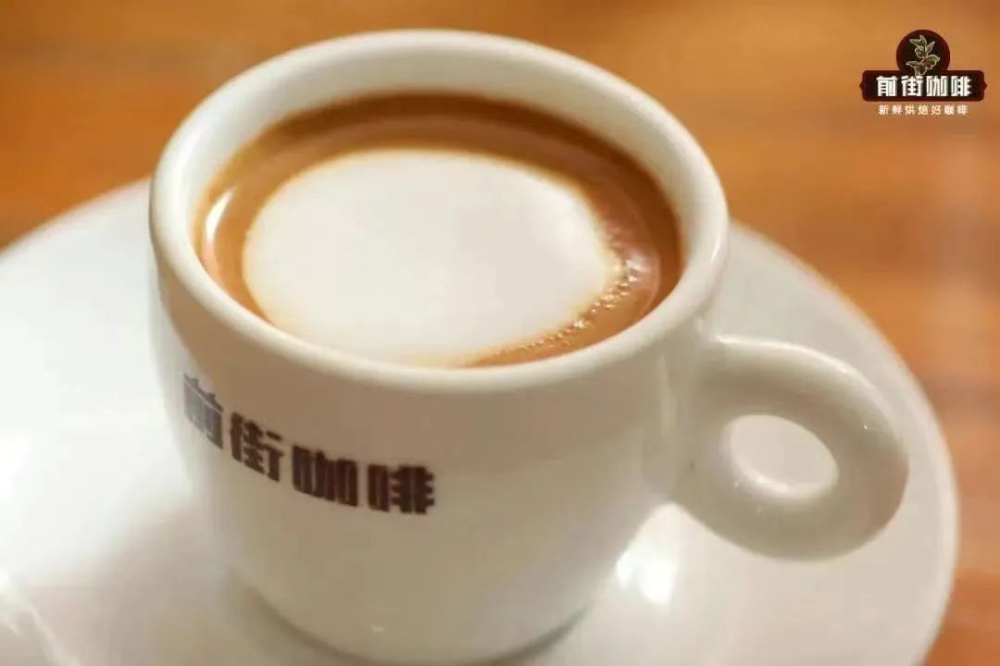
However, with the improvement of the quality of coffee beans, espresso will no longer have a strong bitter taste, replaced by a rich, soft taste. Naturally, people no longer need milk to dilute the concentrate, so macchiato gradually declined with the improvement of the quality of coffee beans. In the 1990s, the caramel macchiato with the name macchiato appeared, not to replace the declining macchiato, but as a brand new product. It has a whole new meaning-"sweet brand". Because it is mixed with caramel and vanilla syrup, it will be sweeter than the original coffee, so it is prefixed with caramel and named caramel March.
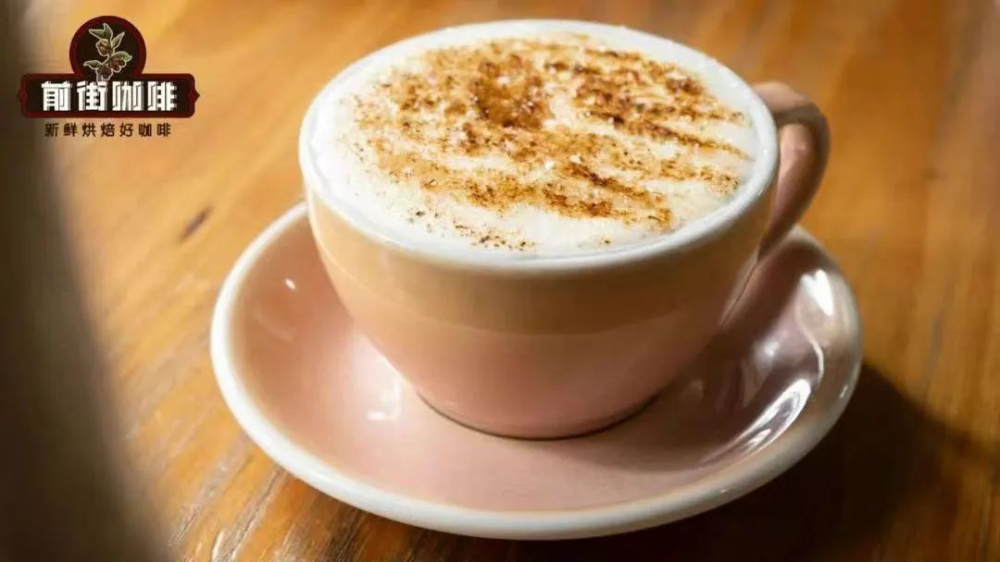
Australia White (Flat white)
In the last century, Italians brought espresso to Australia, New Zealand and other places. Cappuccino and lattes with thick foam were not the local preference, so people began to beat the foam thinner. When the thin foam was mixed into the coffee, the liquid became flatter and flatter until it became a thin layer, flush with the mouth of the cup, and today's Flat White is what it is today. Flat means "flat" and White means coffee with milk.
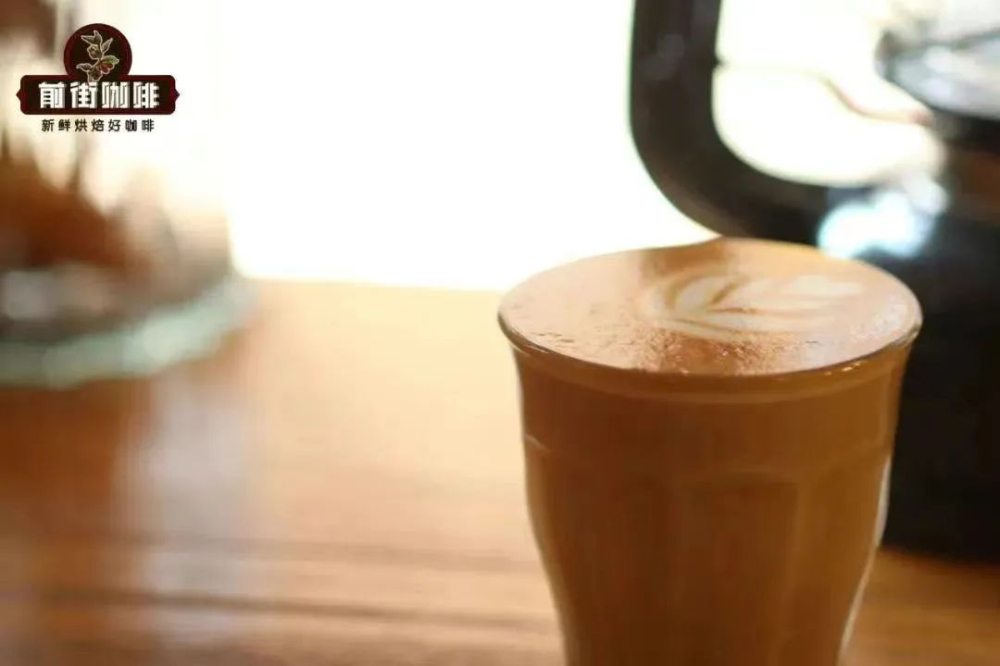
Flat White was a relatively niche choice until Starbucks introduced it into its product system in 2015, named FureBai, and brought it around the world, and Flat White became one of the most popular coffee drinks in the mainstream coffee market. In China, this milk coffee from Oceania is usually called "Australia White".
Dirty coffee (Dirty) Dirty means "dirty", which is why dirty is also called dirty coffee. The reason why people give this cup of coffee such a name is mainly because as the concentrate flows down from the upper surface, the concentrated brown seeps into the white of the lower layer of milk, as if the white canvas has been stained. Therefore, people named it-"Dirty" dirty coffee.
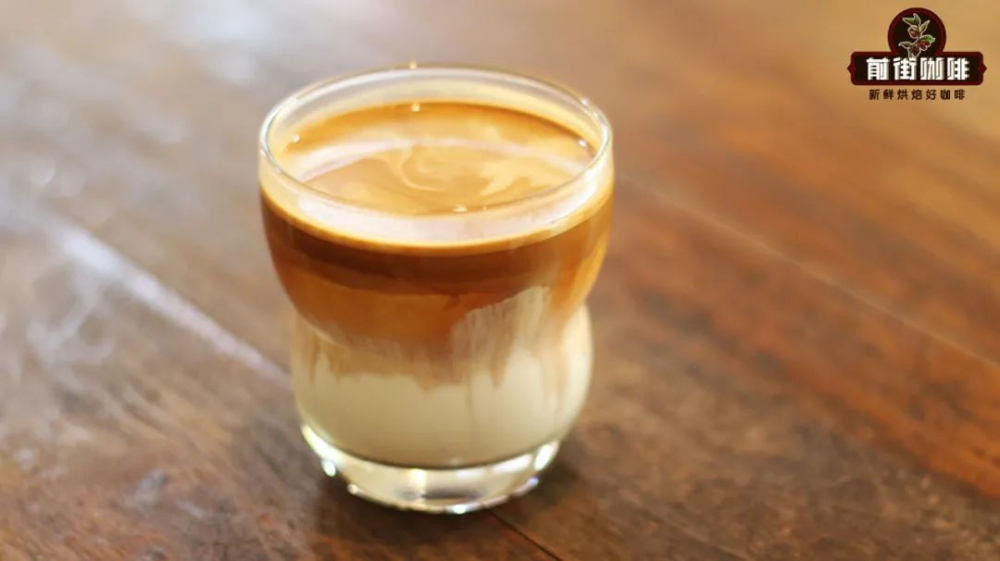
-END-
Front Street Cafe
No. 10 Baoqian street, Yandun road, Dongshankou, Yuexiu district, Guangzhou, Guangdong province
Important Notice :
前街咖啡 FrontStreet Coffee has moved to new addredd:
FrontStreet Coffee Address: 315,Donghua East Road,GuangZhou
Tel:020 38364473
- Prev

Do you feel insulted when you order?! The tea face is pleasant and has responded!
According to boiling Point News, on Sept. 20, a netizen in Changsha, Hunan Province said that there was a line of more than a dozen people to buy tea-colored milk tea while waiting at the airport, but it took nearly 50 minutes to get the product, complaining that its marketing method was unreasonable. According to Mr. Wu, the customer: I thought I was waiting in line to scan the code to order, but I was not allowed to wait until I was in line.
- Next

Another world champion? Lucky, you will bet!
▲ Click to follow | Daily boutique Coffee Culture Magazine Coffee Workshop these days, with the Hangzhou Asian Games in full swing, the Chinese team continues to harvest medals from major events. In our coffee circle, there is also the face of a champion, who is the swimmer Wang Shun who recently worked with Lucky.
Related
- What is the standard process for the purpose of coffee cup testing? What is the difference between hand-brewed coffee and cup testing?
- How to use hand-brewed coffee paragon small golden balls? How does cold coffee lock in the aroma of coffee?
- Is American coffee black? What is the difference between American coffee and drip coffee?
- Unexpected! Well-known tea beverage brand Lele Tea will withdraw from the Zhengzhou market!
- Starbucks enters the fashion and beauty industry?! Netizen: Give me an ice American eye cream
- Why can American refills for free? The difference between Americano and American drip pot coffee
- Being chased out of the rain in front of Starbucks?! Store: Sheltering from rain under umbrellas poses a safety hazard
- The white moonlight has changed?! Lucky launches "Big Winter Pear American"
- Hand-brewed coffee three-stage method, high-sweet and universal brewing method to share! What does the high sweet water level of hand-brewed coffee mean?
- What is the difference between raw, refined and full espresso coffee? How to extract espresso and taste good?

